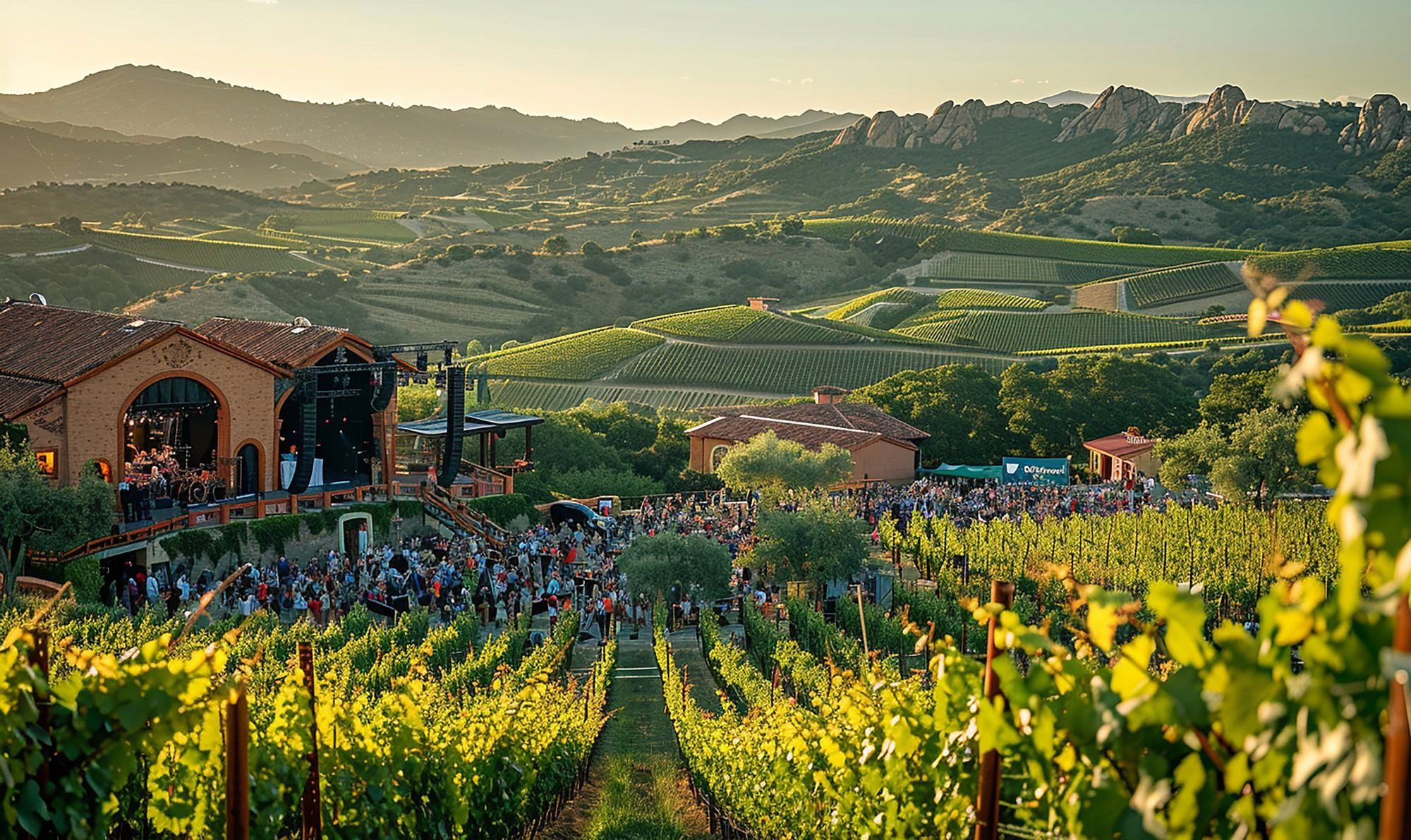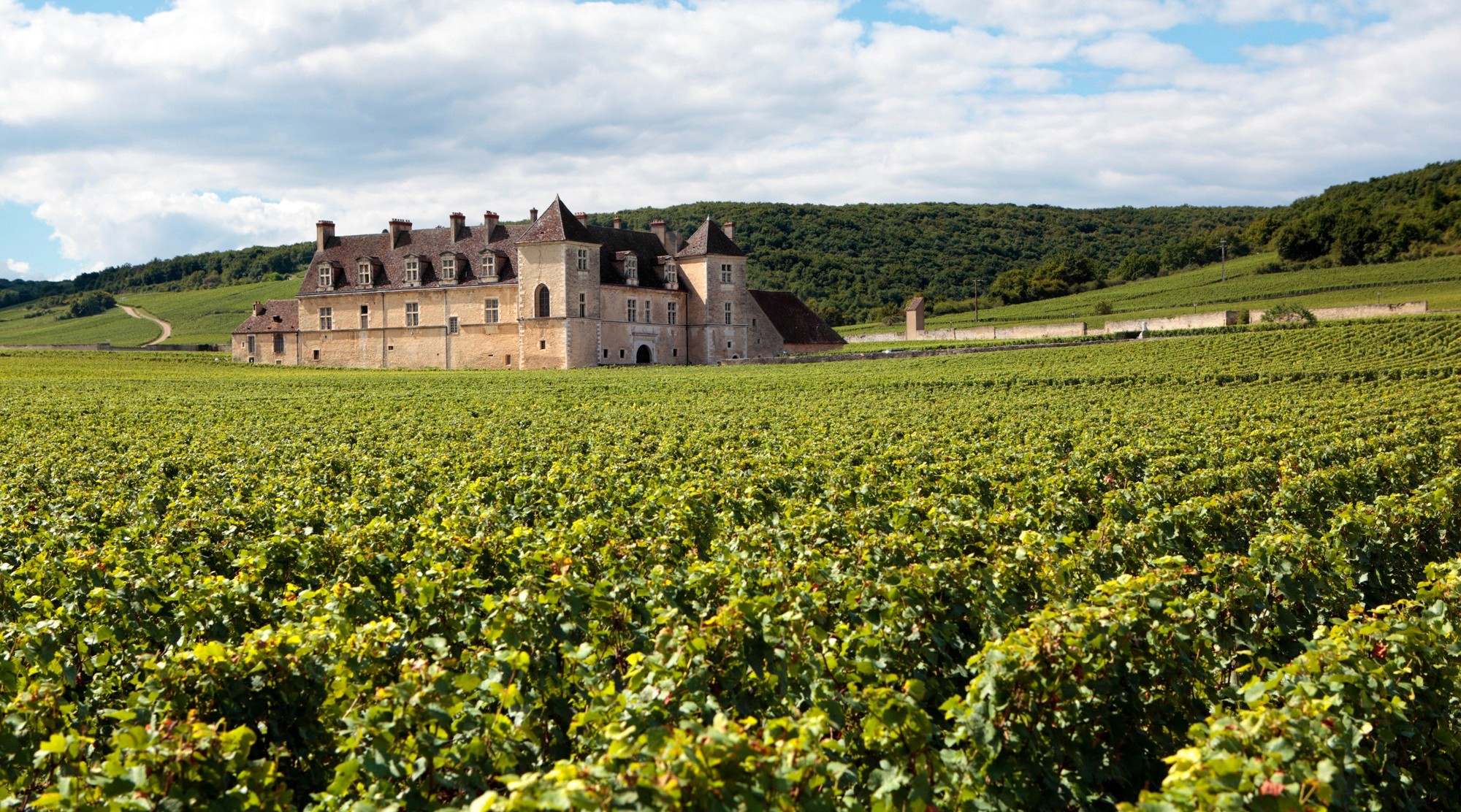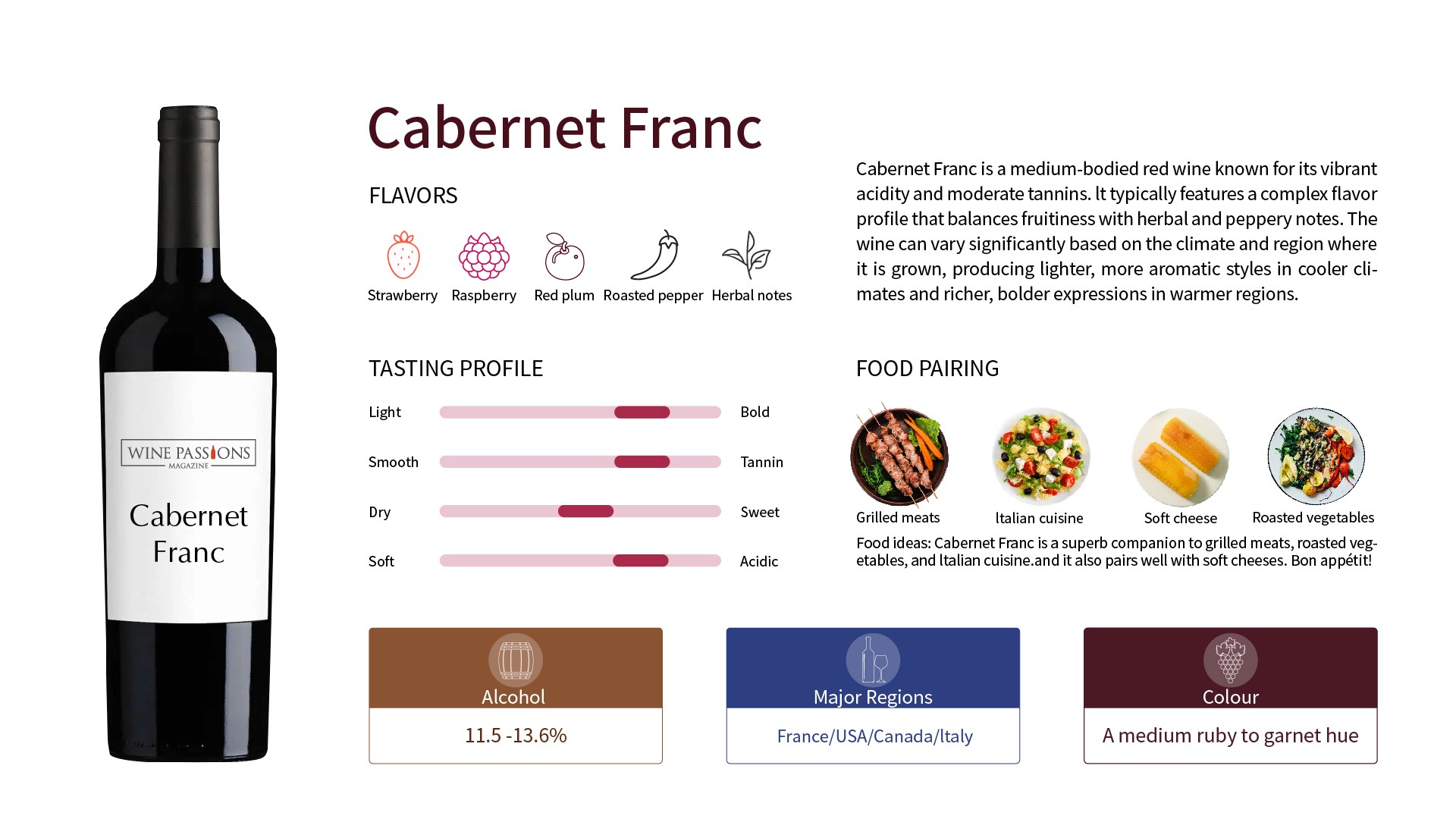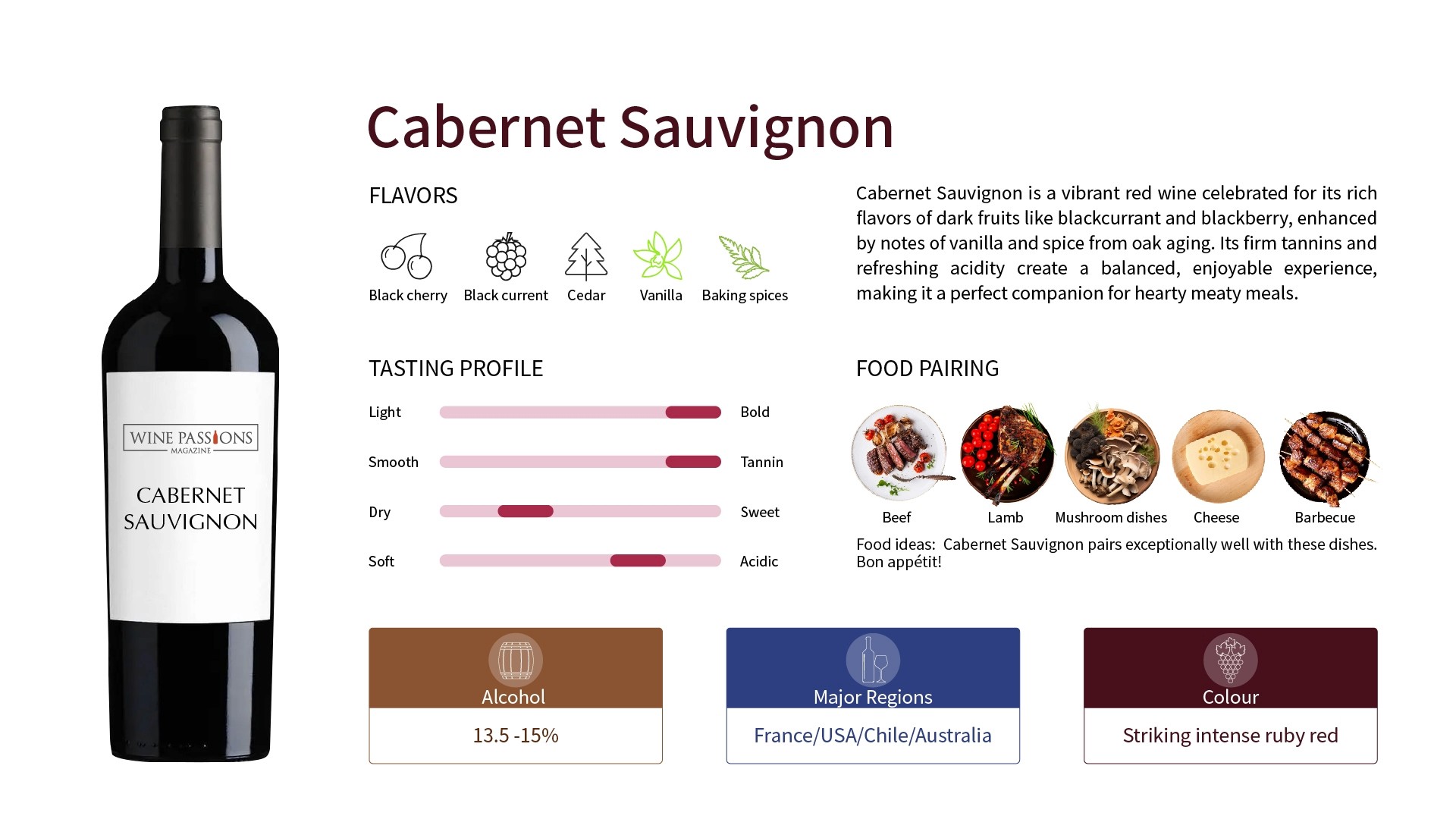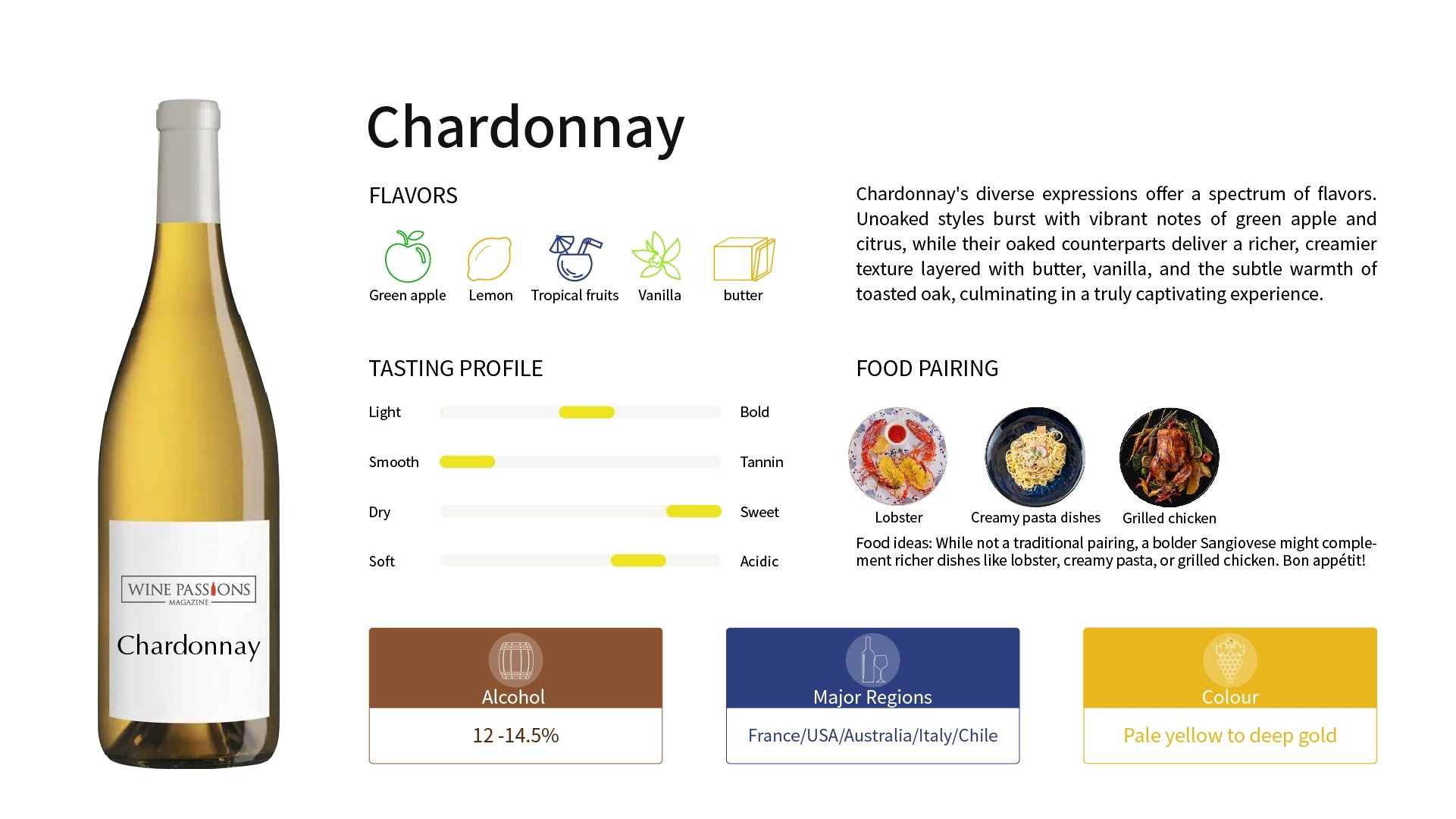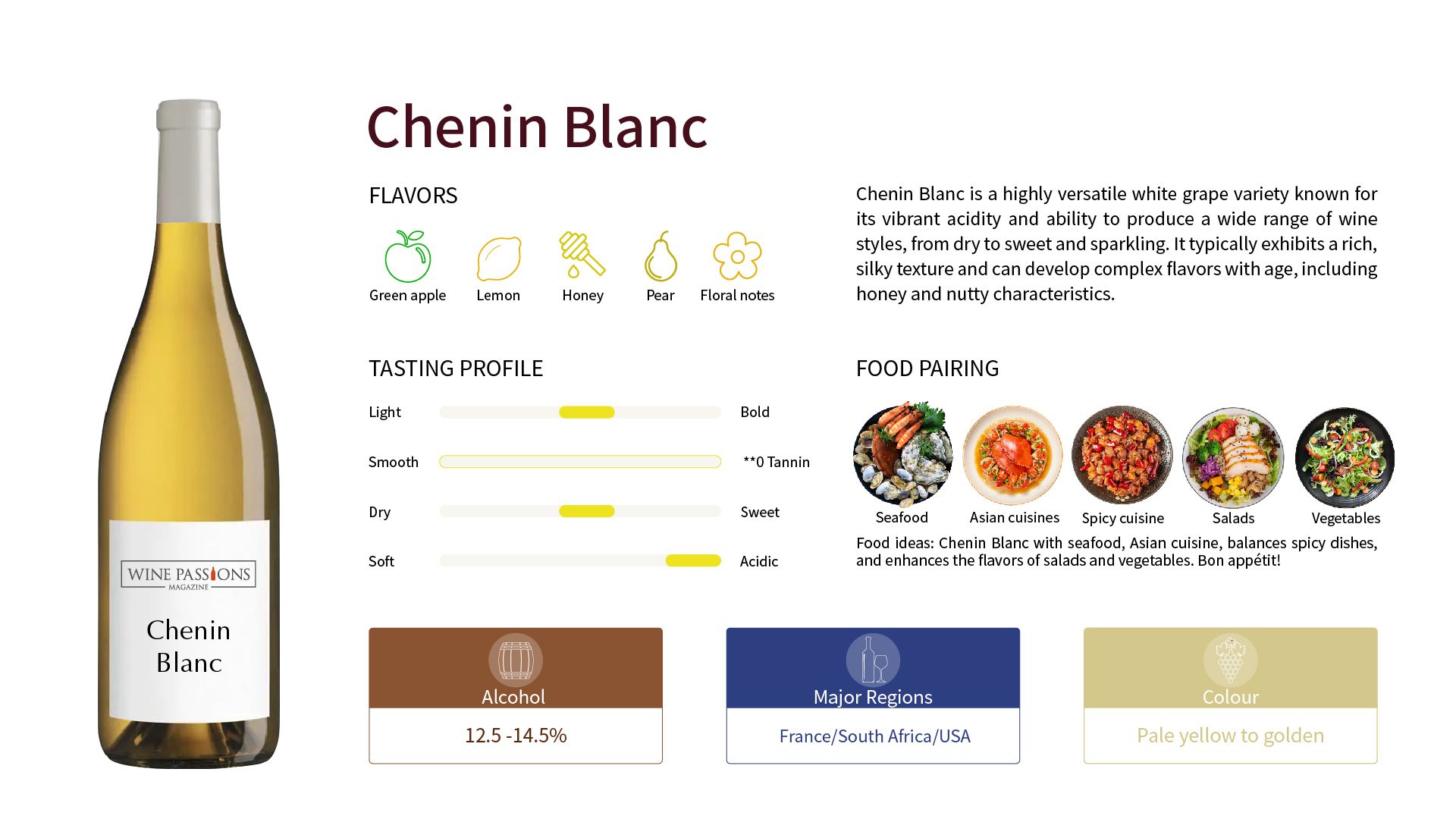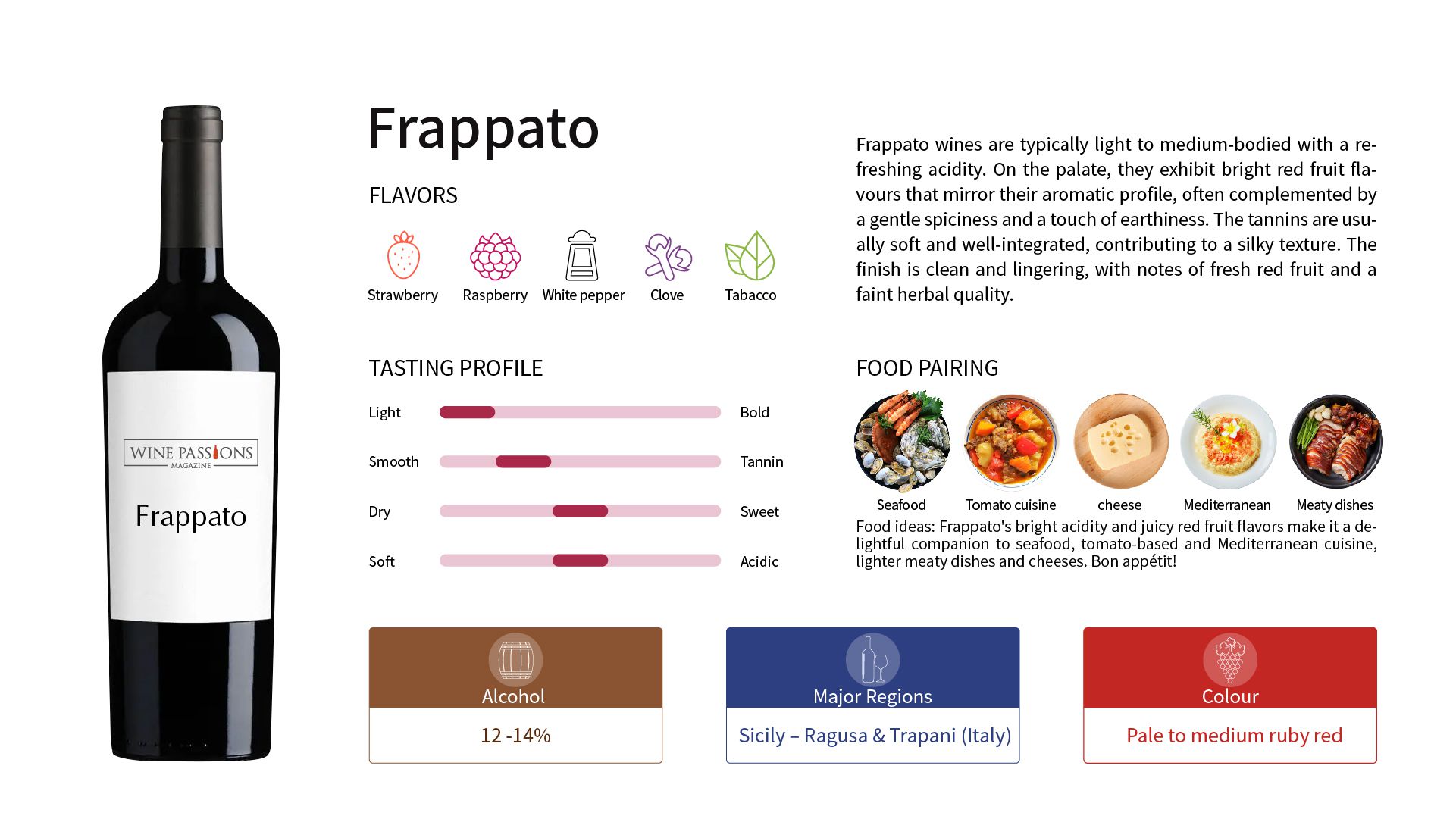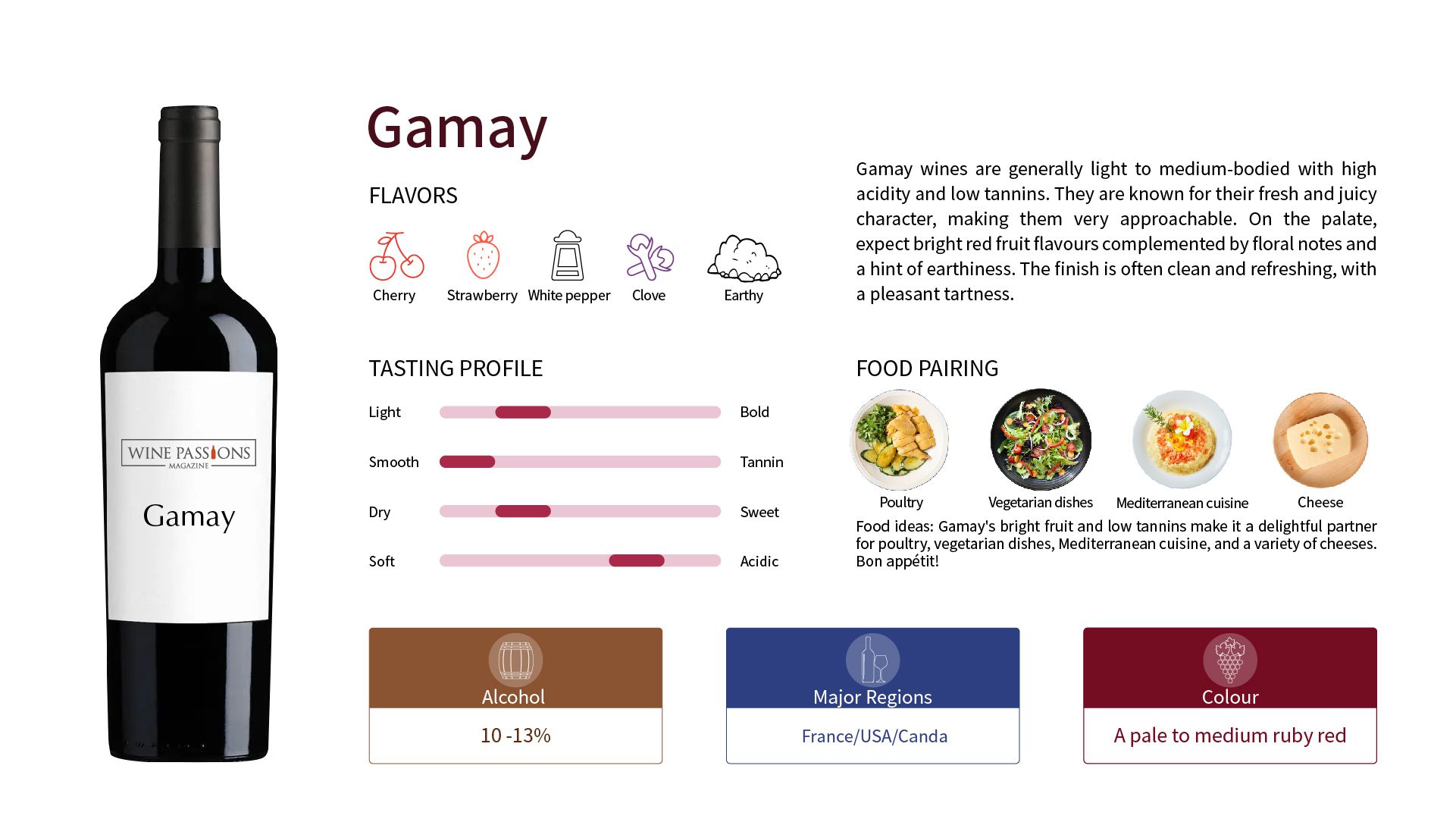Cabernet Franc
Background and Origin
The origin of Carignan can be traced back to the Aragón region in Spain, particularly associated with the town of Cariñena, which is said to have been noticed and cultivated by the Romans as early as the 9th century BC. In the 15th century, it spread to other regions along with the expansion of the Kingdom of Aragón, including Sardinia and North Africa. Over time, Carignan has also been widely cultivated in southern France, especially in Languedoc-Roussillon.
In the mid-20th century, due to its high yield and drought resistance, Carignan became one of the most widely planted red grape varieties in France. However, as market demands for quality increased, many producers began to reassess this variety and work on improving its quality.
In the 1980s, due to the European Community's restrictions on the production of low-quality wine, the area planted with Carignan decreased significantly, but with some quality producers focusing on old-vine Carignan, the variety regained attention. Today, Carignan is not only valued in France and Spain but has also found its place in New World wine regions such as Chile.
Reasons for Popularity
Strong Adaptability
Carignan thrives in dry and hot climates, and its drought resistance makes it an ideal choice for many regions, such as southern France and Chile. This characteristic allows Carignan to perform excellently in different soil conditions and capable of sustaining higher yields.
Rich Flavor Profile
Carignan typically exhibits flavors of red fruits, such as raspberries and cherries, along with complex aromas of spices and earth. This makes it an ideal choice for pairing with many foods, especially in blends where it can add depth and structure to the wine.
High Cost-Performance Ratio
Carignan wines are generally affordable, providing a good drinking experience compared to other high-end reds without requiring excessive investment. This attracts many consumers looking for quality without spending too much money.
Flavor Characteristics
Fruitiness: Known for its rich aromas of red fruits including cherries, raspberries, and blackberries.
Spices: Features flavors of black pepper, licorice, and other spices, with leather and smoky notes developing later.
Palate: Displaying moderate to high acidity, with a medium body and softer tannin structure.
Main Production Areas
Carignan primarily grows in the following regions:
Spain:
Catalonia: This is one of the most important regions for Carignan, particularly in Priorat and Montsant. Priorat is known for its old-vine Carignan, which are typically over 80 years old, producing wines with rich flavors and complex structure.
Rioja: In this famous region, Carignan is known as Mazuelo, and while it is not used as frequently as Tempranillo, it remains an important component in blends, used to enhance the wine's acidity and structure.
Aragón: As the birthplace of Carignan, the Aragón region still retains the significance of this variety and produces some quality red wines.
Southern France: Languedoc-Roussillon is one of the most important regions for Carignan, where it is often blended with other varieties like Grenache and Syrah.
Chile: Maule Valley in Chile is one of the important cultivation areas for Carignan, where it is commonly used to produce high-quality single-varietal wine.
Sardinia, Italy: Carignano del Sulcis is a famous DOC (Denomination of Origin) in the area.
Famous Carignan Wine
Clos des Fous Vigno
Clos des Fous is an innovative winery located in the Maule Valley of Chile, established in 2008 by four friends: Pedro Parra, Francois Massoc, Paco Leyton, and Albert Cussen. This Carignan wine, named Vigno, is renowned for its rich fruit aromas and elegant acidity, especially from old vine Carignan, showcasing unique depth of flavor and complexity. The name Vigno represents not just a wine, but a social movement aimed at promoting old vine Carignan in southern Chile and giving new life to these traditional vineyards.
The winemaking process of Vigno emphasizes respect for the soil and climate, with these old vines typically growing in poor soils, causing the vines to dig deep into the ground for moisture, thereby enhancing the concentration of the grapes' flavors. This wine typically exhibits prominent blackberry, cherry, and spice notes, accompanied by subtle herbal undertones. Due to its high acidity and structure, Vigno is very suitable for pairing with barbecued or rich meat dishes, making it a favorite among many food enthusiasts.
Domaine de la Rectorie
Domaine de la Rectorie, located in the Roussillon region of France, is a winery renowned for producing high-quality wines. Established in 1984, it is operated by brothers Marc and Thierry Parcé, who are dedicated to utilizing the unique geography and climatic conditions of the area to create outstanding wines. Domaine de la Rectorie is known for its rich and complex Carignan flavors, often exhibiting red fruit, spice, and subtle earthiness.
Domaine de la Rectorie has several vineyards at different altitudes and orientations, allowing them to select appropriate grape varieties based on sunlight exposure. These vineyards mainly consist of Grenache, Mourvèdre, Carignan, and Syrah. Notably, Carignan is often blended with Grenache here to enhance the structure and depth of the wine. The Carignan wines produced by Domaine de la Rectorie are widely praised for their balance and elegance, making them a representative work of the Roussillon region.
Bodegas Borsao Garnacha-Cariñena
Bodegas Borsao is a well-known winery in the Campo de Borja region of Spain, famous for its high-quality Garnacha. The winery was established in 1958 as a cooperative of 375 local farmers, dedicated to preserving and promoting the unique grape varieties of the area. Borsao Garnacha-Cariñena is a balanced and rich red wine, known for its abundant fruit aromas and smooth tannin structure.
This wine typically displays vivid red fruit aromas, such as cherry, raspberry, and blackberry, paired with subtle spice notes. Bodegas Borsao emphasizes sustainability, employing dry farming techniques to enhance grape quality and reduce environmental impact. Furthermore, they use traditional hand-picking methods to ensure each bunch of grapes reaches optimal ripeness. Borsao Garnacha-Cariñena is beloved by consumers for its high value, making it an ideal choice for exploring Carignan flavors and a perfect companion for various dishes, such as barbecued meats or pasta.
Tasting Method
Tasting Temperature: Recommended at 15-20°C
Tasting Glass: Red wine glass
Decanting Time: 30 minutes
Aging Potential: 5-10 years
Food Pairing
Red Meat Barbecues: such as steak, lamb chops, and pork
Mediterranean Dishes: such as tomato-based pasta, hummus, and roasted vegetables drizzled with olive oil
Aged Cheeses: such as Sharp Cheddar, Manchego, etc. This wine's fresh acidity brings out the rich, creamy flavors of the cheese.
Spiced Dishes: such as Moroccan stews or Indian curries
Cured Meats: such as ham, sausages, and various types of jerky



